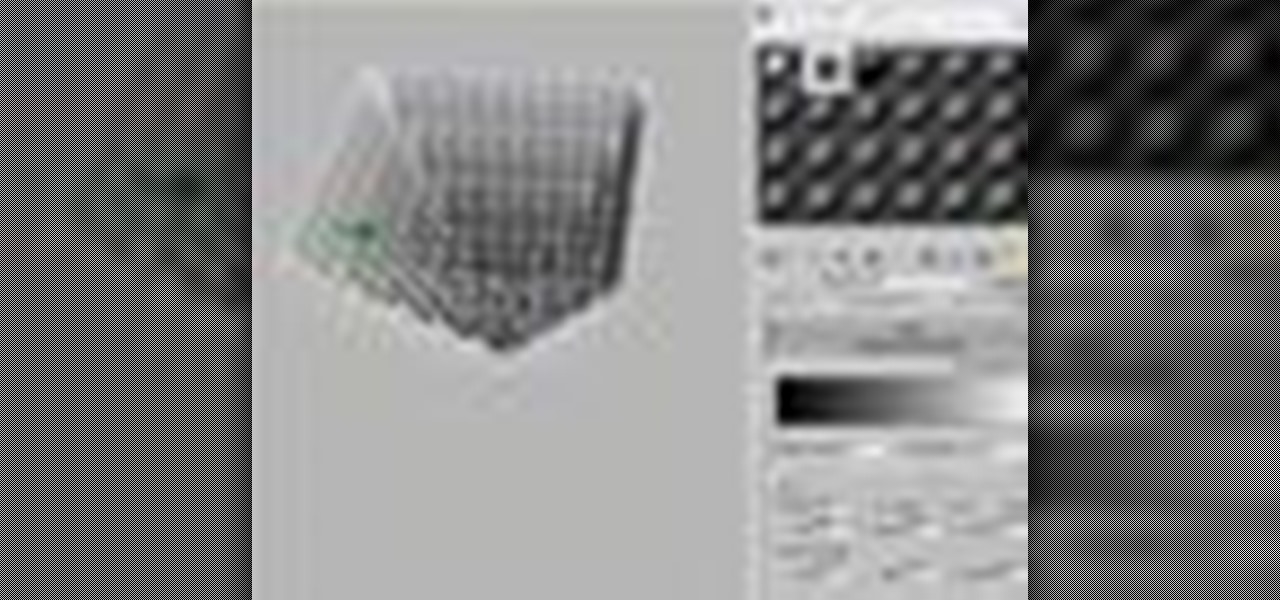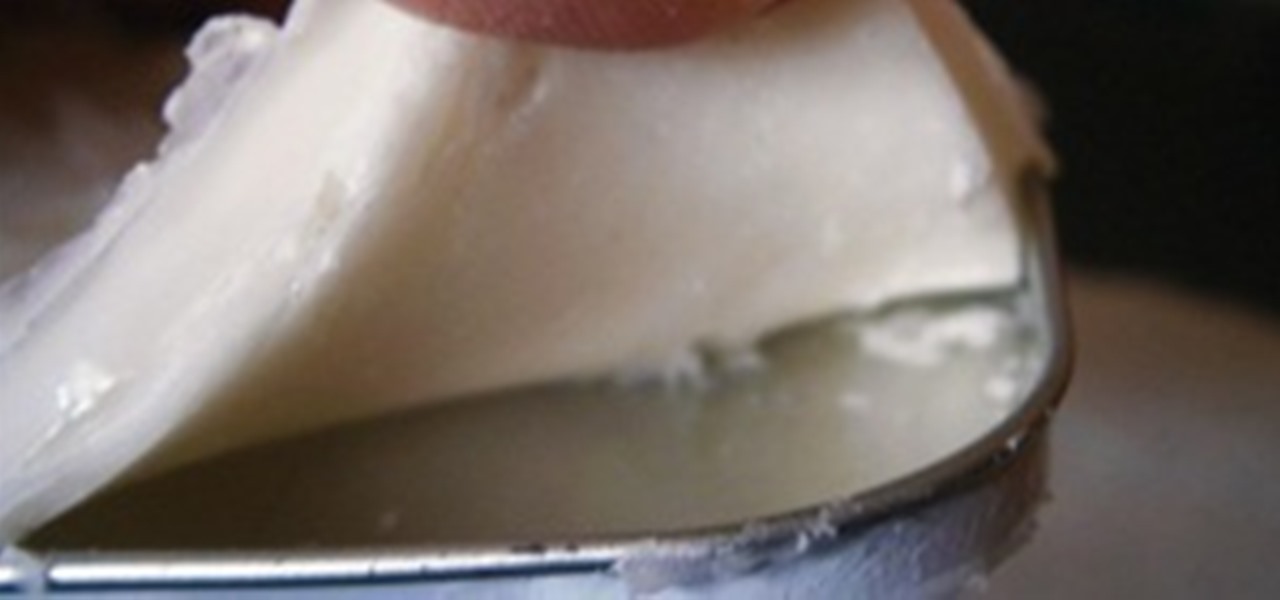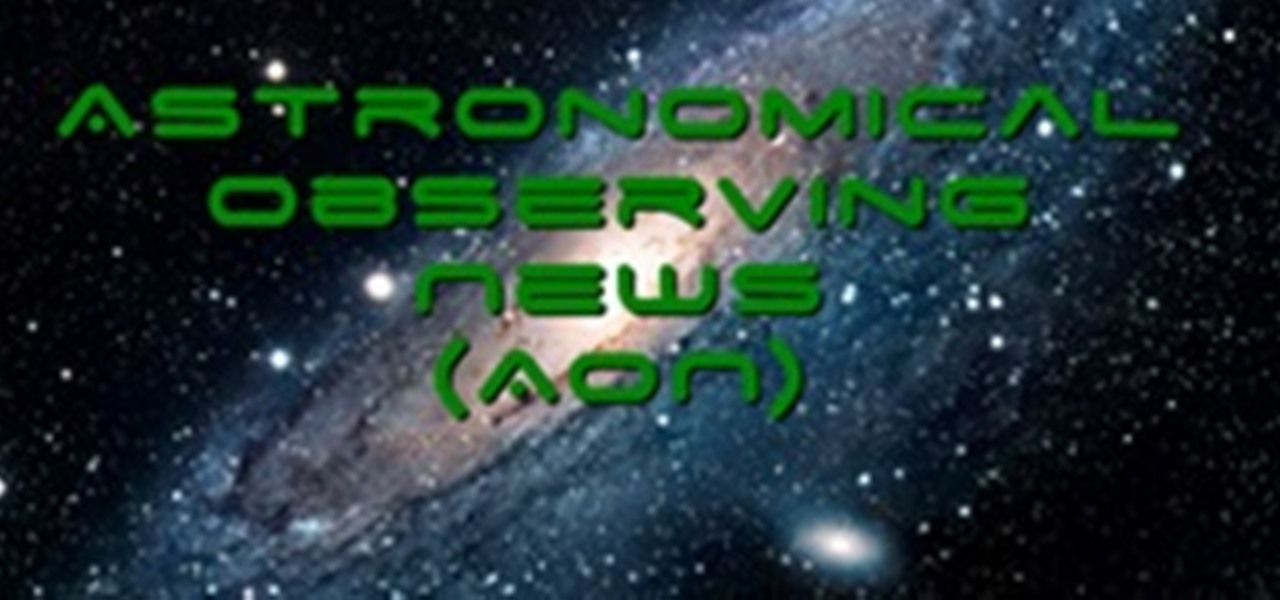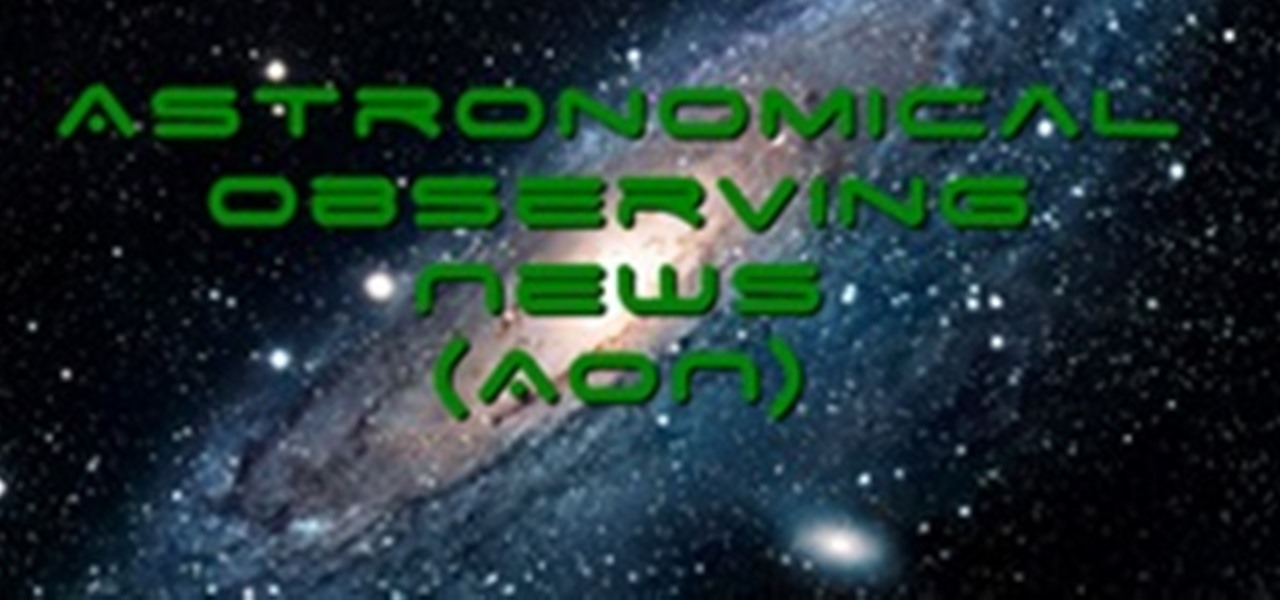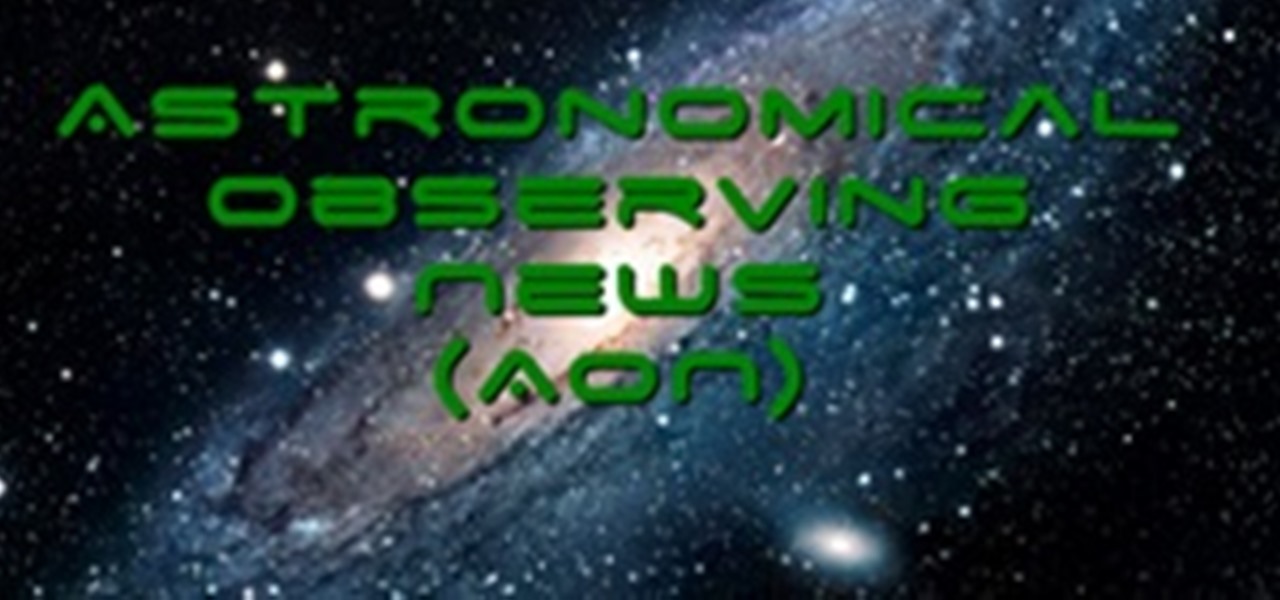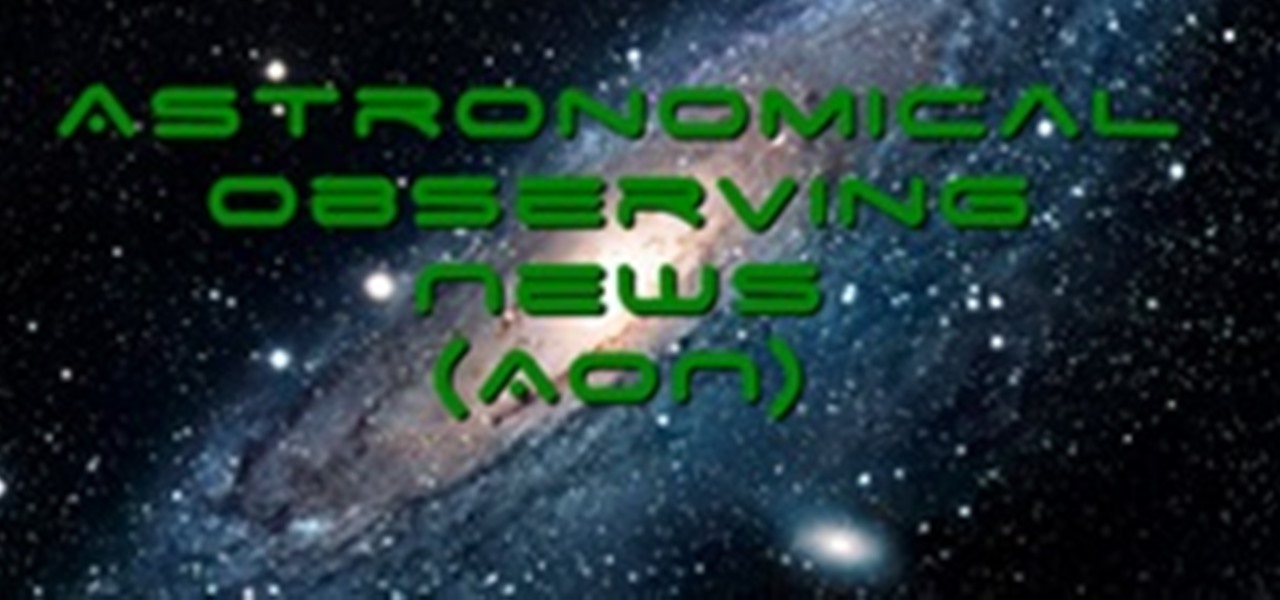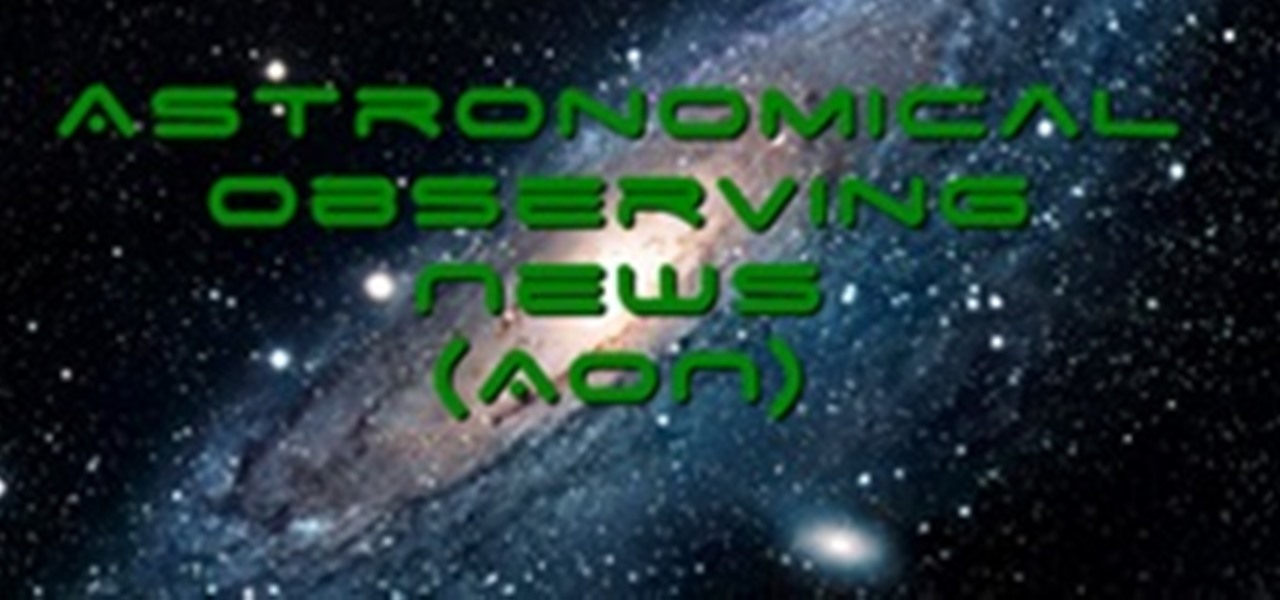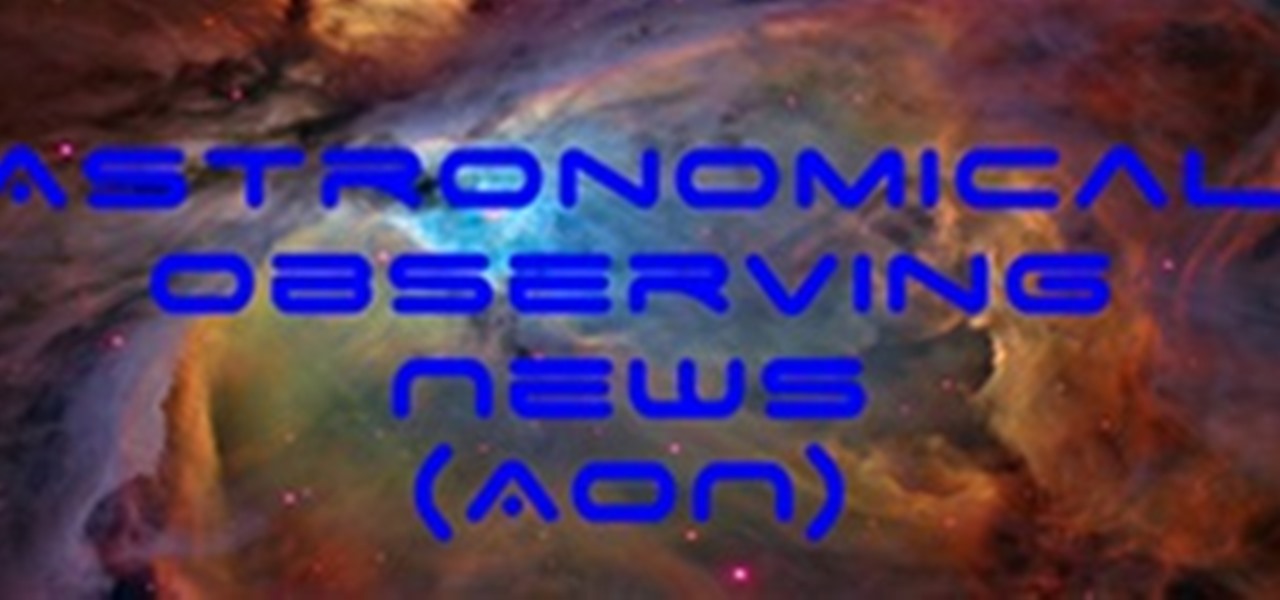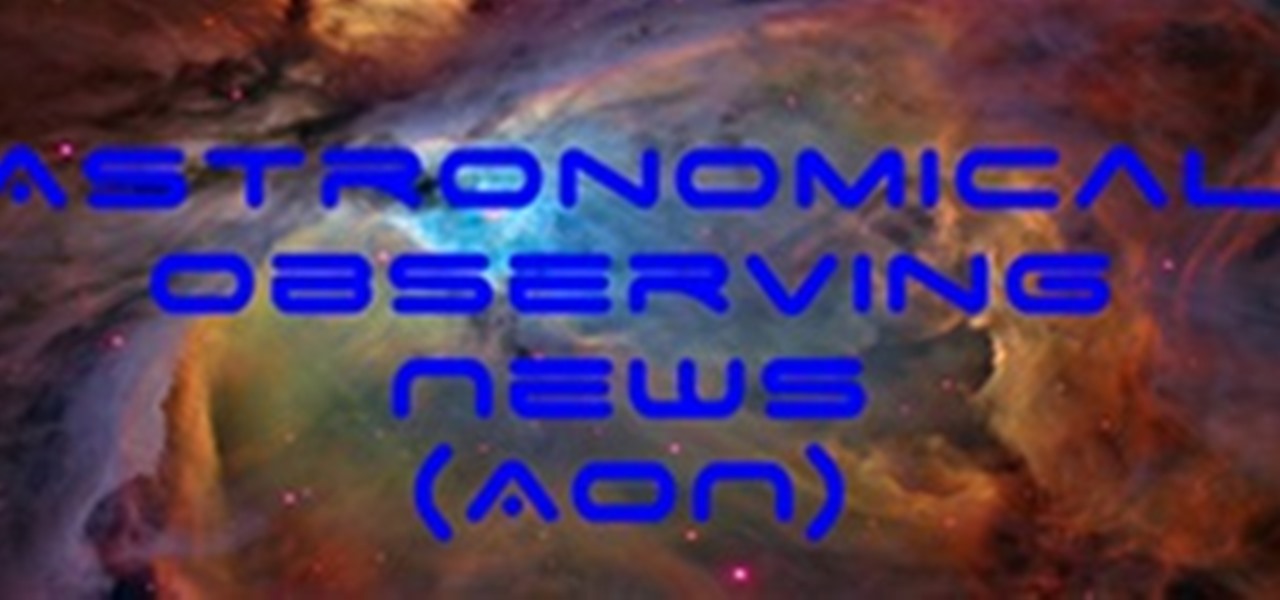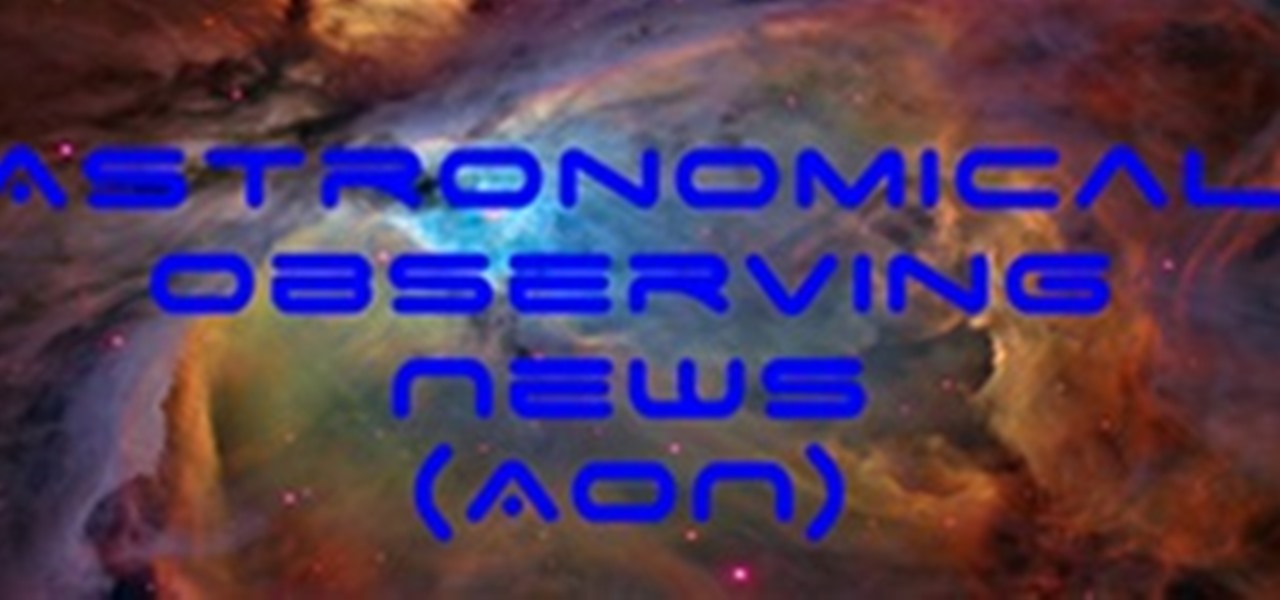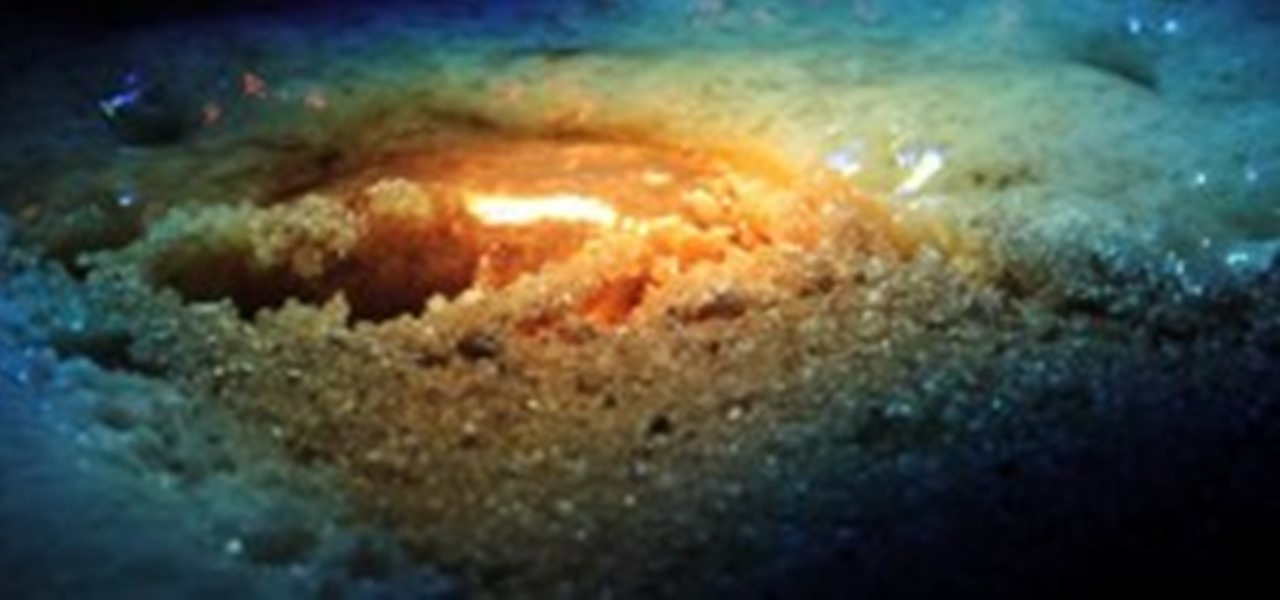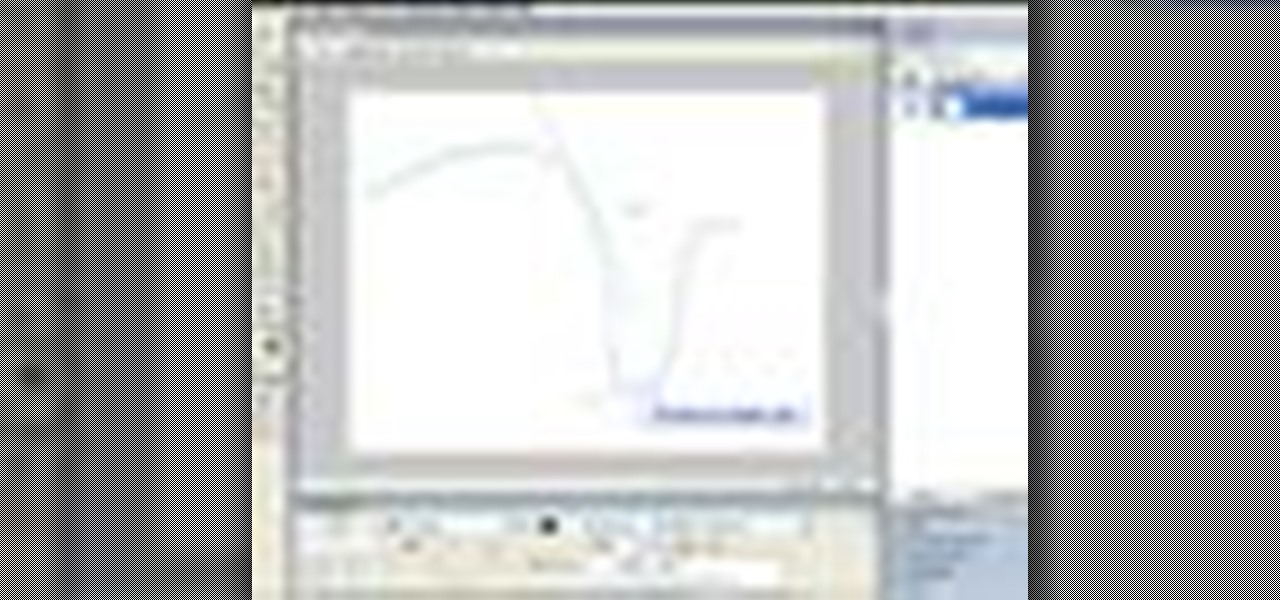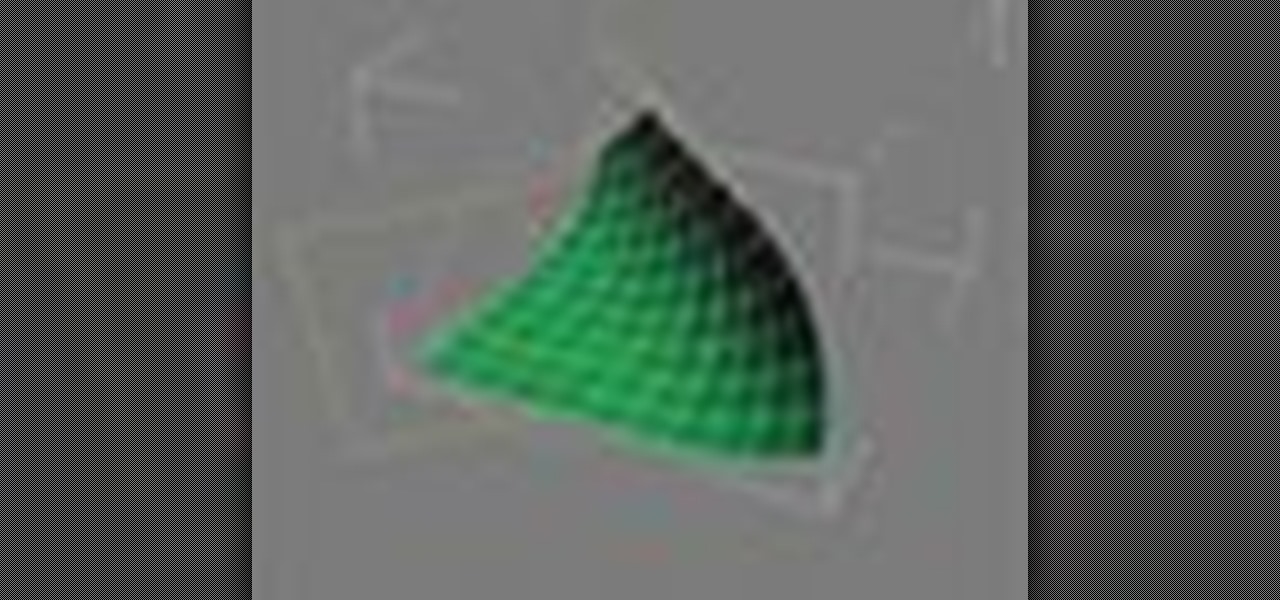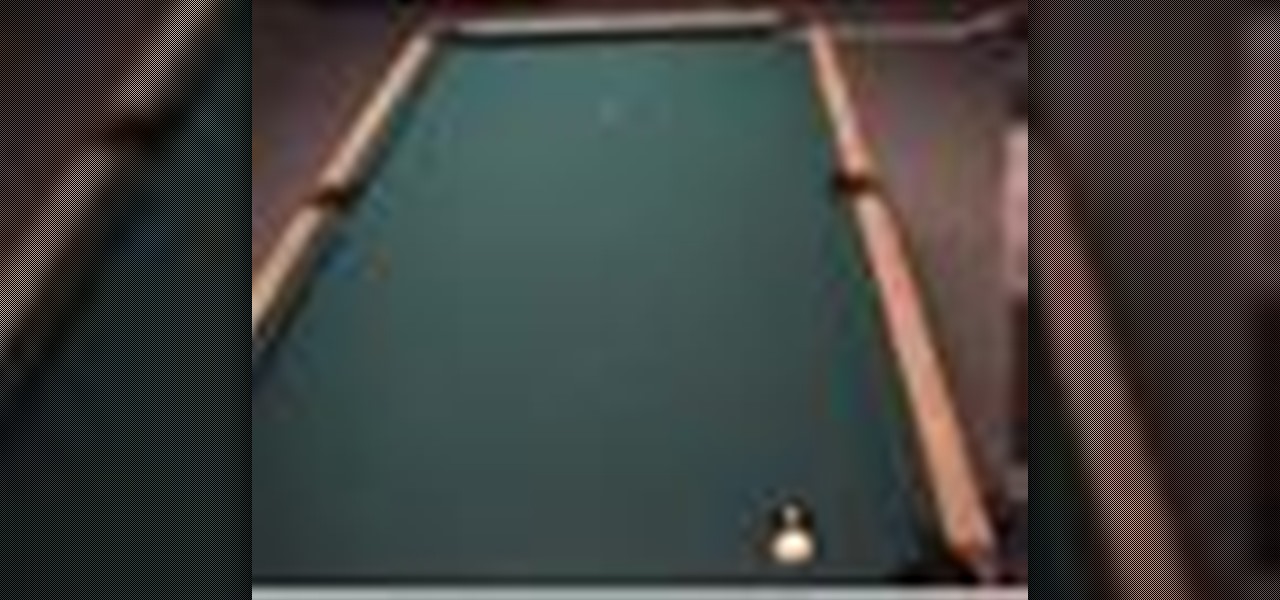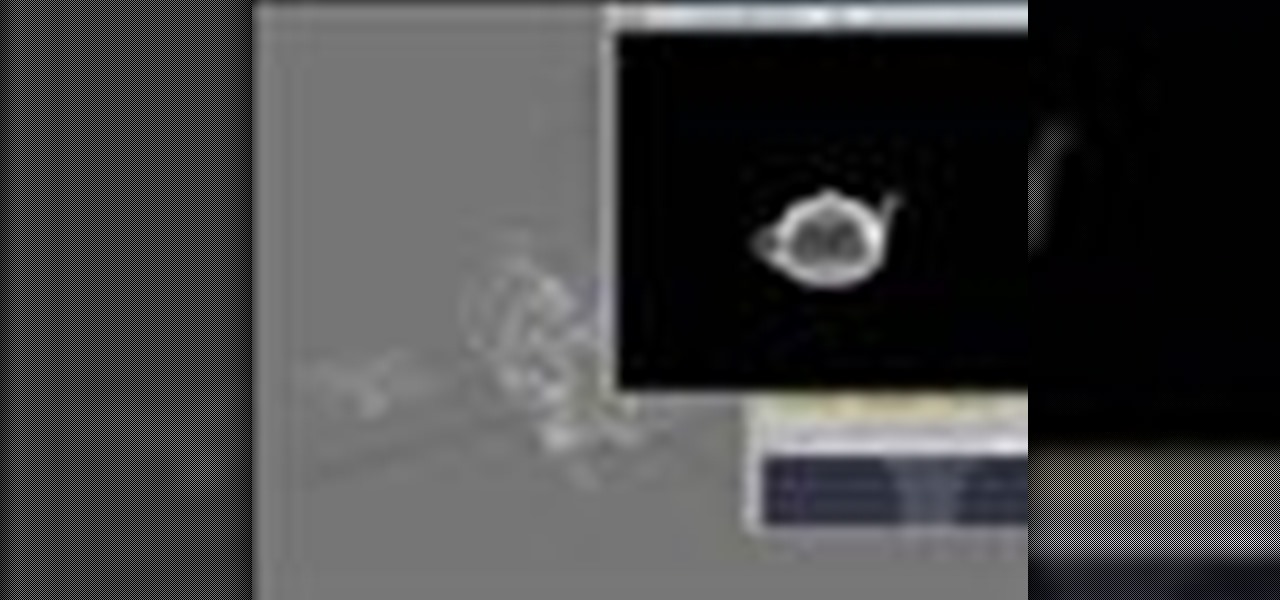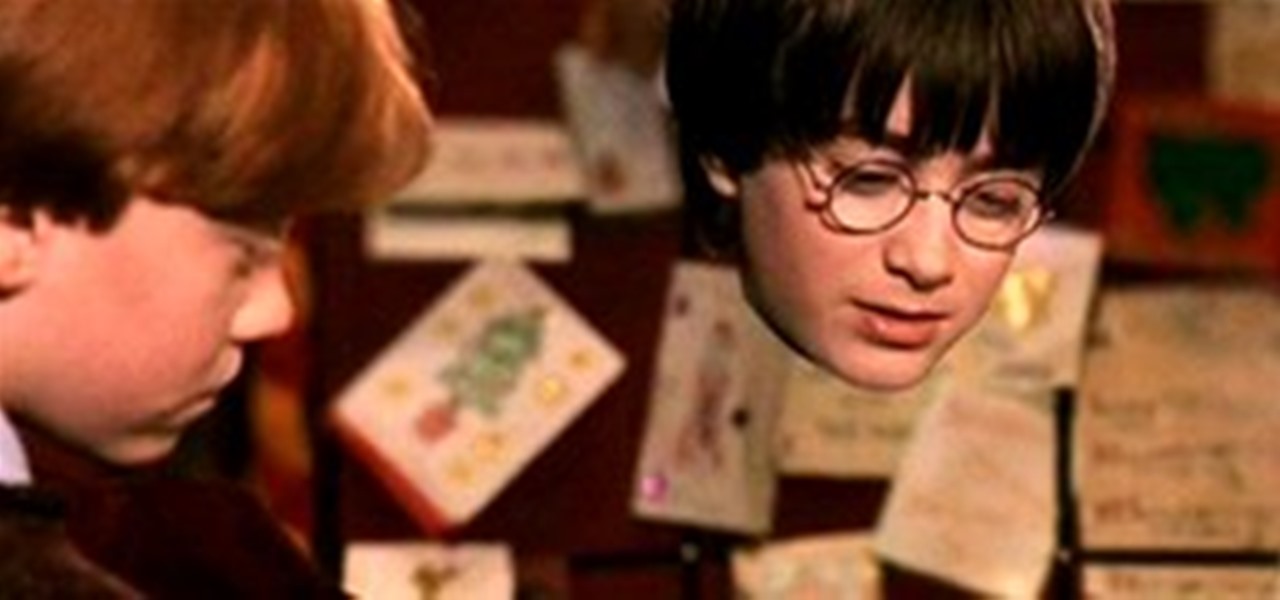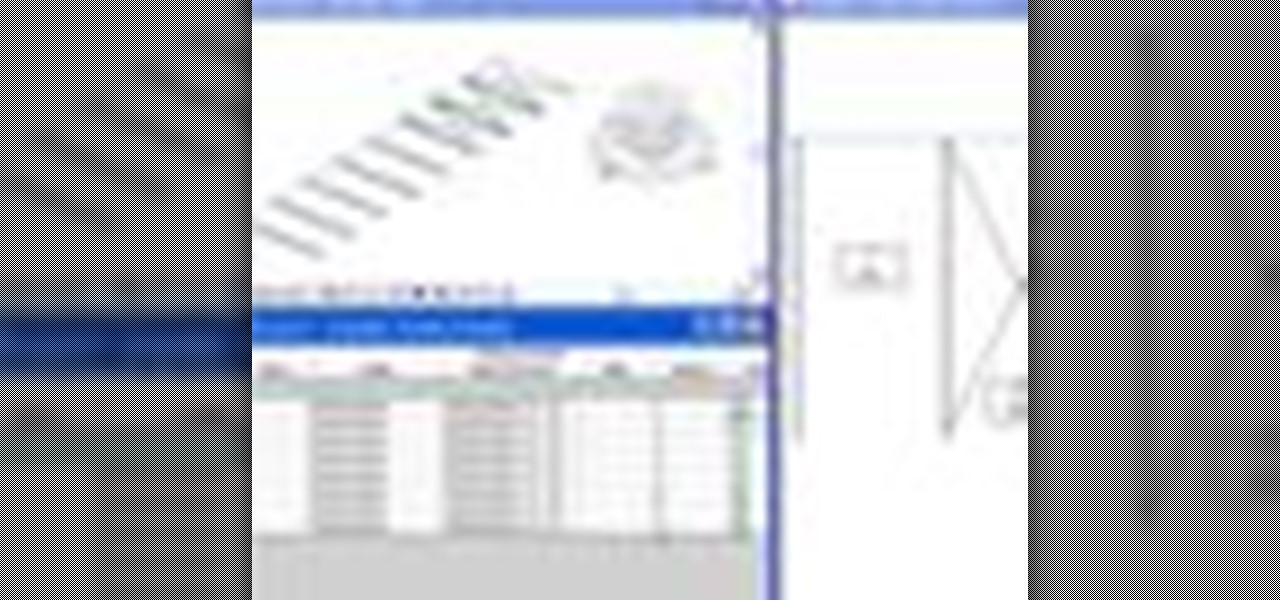
This clip discusses a technique for using the point cache tag and point cache deformer in Cinema4D. It will show you how to cache your objects deformation and then use this on many more duplicate objects without increasing the overall filesize in the same way that you would if you used duplicate cached tags. Whether you're new to MAXON's popular 3D modeling application or are just looking to get better acquainted with Cinema 4D and its various features and functions, you're sure to enjoy this...
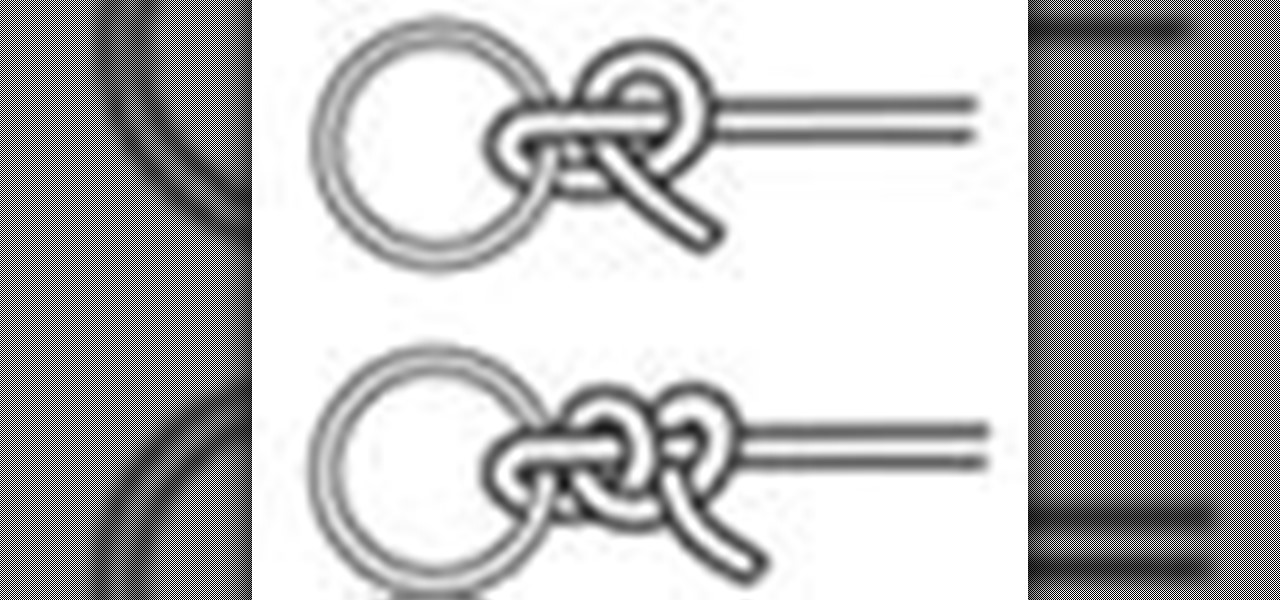
Half-hitches are great knots, but only when use in combination with other knots. By itself, a half-hitch is unsafe and unreliable, but when joined with other knots, can be quite the opposite. Tying two half hitch knots together is great for attaching a rope or line to any object. The half hitch and double half hitch are used throughout specialities, most notably as a boating knot, outdoor knot, and paddling knot.

This is The Substream's lesson from The Film Lab in Composition: The Rule of Thirds. Composition is how you choose to show the audience your story.

In this ASP.Net video tutorial, Chris Pels will show how to use the ObjectDataSource as the intermediate layer between data bound user interface elements and a custom data access class for a business object. Uses of the ObjectDataSource in the GUI Design mode and declaratively in the source view of an .aspx page are discussed. In addition, the considerations for design of the data access class and business object for use with the ObjectDataSource are covered. Use the ObjectDataSource for ASP....

Gaming with augmented reality just keeps getting cooler and cooler.

Artist Marshall Astor has made a fully functional Rubik's Cube out of bronze. What? No differentiated, colored sides? How do you play? Apparently there's reasoning behind it. Astor gets deep:

This robot hasn't levitated any humans yet (especially not pictured Days of Our Lives star Deidre Hall), but it looks like the sky may be the limit with the Robo-Air Jet System.

In this quick Blender 2.5 video tip, you'll see show how you can change the unit of measurement within Blender away from the default Blender Units to either Metric or Imperial units. Doing this makes it much easier to accurately create objects to scale. Whether you're new to the Blender Foundation's popular 3D modeling program or a seasoned graphic artist just interested in better acquainting yourself with the application, you're sure to be well served by this free video tutorial. For more in...

The Displace modifier in 3ds Max acts as a force field to push and reshape an object’s geometry. You can apply its variable force directly from the modifier gizmo, or from a bitmapped image. The 3D Studio Max displace modifier works on Shapes, Meshes, Polys, Patches, NURBS. Displace is often used to make terrains or to add finer texture to 3D models with out having to model in extra texture. It can also be used in a very controlled way to manipulate geometries. With the use of procedural text...

This Revit Architecture 2009 video tutorial covers how to import geometry from Rhino via Autocad. Really this technique will work for any program that can output a .sat. Even if the program cannot, Rhino imports many formats (such as .step or .iges) which you can then export as a .sat for Autocad. The basic logic in this tutorial is to create a tower which has geometry too complex to build in Revit. We then pass it through Autocad to export a closed solid .dwg. As of now Rhino only exports .d...

This CAD software tutorial covers the different methods of creating 3D geometry in Revit Architecture. David Fano explains the pro and cons of using solid extrusion, Blend, Revolve, and sweep. These more advanced Revit modeling techniques are explained within a massing object but apply to all families. This Revit Architecture tutorial is geared for beginners that are familiar with the Revit software. Start building more complex geometries with these modeling tips. Model 3D geometry in Revit A...

I think it's fair to say that every maker yearns for a 3D printer. You can replace circuit board connectors, fix your glasses, create ski grips, and make whole machines out of printed plastic parts—even a 3D printer. But without a 3D printer on hand, you can always resort to Sugru.

Grab your binoculars and telescopes, because there's a lot going on in the night skies this week. The usually dim Little Dipper will appear brighter as it moves to the right of Polaris, creating a cool effect with the Big Dipper. There's also a first-quarter moon and a really good view of Saturn. If you know of something else, share with us in the comments below!

Again, there are tons of events this week, and as usual, most of them are caused by Jupiter's moons. But there is some happenings with Venus, too, so don't miss out.

This week, there's a lot going on in the skies above, with at least one event per day! There's also an equinox, which only occurs about twice a year!

AON is moving to Wednesdays! There are lots of things going on this week in the skies above, so be sure to observe. As usual, there's a lot to see around Jupiter, with its moons eclipsing and transiting. Also, a star from the Virgo constellation will be in conjunction with our Moon.

There's not much going on this week in the skies above, but there are a lot of conjunctions to take a peek at! And of course, there's the comet Garradd that's still showing its tail to us down here on Earth, so make sure to catch it before it's gone. The rest that's going on this week:

The Garradd comet has just about reached its absolute peak! By the way, I took those pictures below of the moon through my iPhone using an adapter. Pretty cool, right?

The comet Garradd is almost at its peak now, plus there's plenty more events going on this week, so be sure to observe!

This week's AON might be a little short, but finally, the Garradd comet's peak has come! I picked the Garradd comet to follow because it's a bright and easy-to-follow comet. Be sure to observe it! If you need help finding it, you can find more information here.

There isn't much going on this week, unless you like to observe the moons of Jupiter! January 27: Io transit

Remember—winter is the perfect time to observe! There are a lot of events going on this week, so pull out that observing chair. Here they are:

This week's AON has lots of conjunctions—be sure to observe them! Here it is: The Garradd comet is still in the sky! Here's how to observe it!

When Cerek mentioned astronomy-inspired artwork in his Astronomy World introduction post, I immediately thought of Russell Crotty. Crotty is a California artist who creates beautiful sculptures and drawings inspired by astronomy, landscape, and surfing.

No matter if you've used one or not, you've got to admit that 3D printers are pretty darn awesome, especially the self-replicating ones that extrude molten plastic and the shoebox-sized versions that use mesmerizing stereolithography to build tiny objects layer by layer. But what's even cooler? A solar-powered printer that uses the sun's energy to melt sand and make 3D objects out of glass.

Matthew Albanese makes painstakingly detailed model scenes ranging from eerie landscapes to outerspace to outright natural disaster. He crafts the models with tile grout, cotton, phosphorous ink, and lights them from within by 6-60 watt light bulbs.

The Fireworks 8 pen tool lets you create straight or curved line segments by placing points. Pen tool creates object lines that can be altered by sub-selecting and modifying one or more control points. In this Fireworks 8 video tutorial you will learn how to use Vector Pen Tool, and adjust its parameters. Make sure to hit "play tutorial" in the top left corner of the video to start the video. There is no sound, so you'll need to watch the pop-up directions. Use the Vector Pen Tool in Firework...

In this clip, you'll learn how to utilize materils to simulate transparency when working in MS Visual C++. Whether you're new to Microsoft's popular general-purpose programming language and IDE or are a seasoned developer merely looking to improve your chops, you're sure to find benefit in this free, official video tutorial. For more information, including detailed, step-by-step instructions, take a look. Simulate transparent objects with alpha blending in Microsoft Visual C++.

This video demonstrates how to hang things on hollow walls. From the people who brought you the Dummies instructional book series, brings you the same non-intimidating guides in video form. Watch this video tutorial to learn how to hang things on hollow walls, For Dummies.

This 3D software tutorial shows you how to use the mirror modifier (same as the mirror tool) in 3ds Max. The mirror modifier allows for procedural mirroring of objects. As a one time operation thesymmetry modifieris better but, that being said, if stacked, the mirror modifier can then be used as almost a procedural radial array. Like most modifiers, Mirror can be applied to sub-objects which again takes advantage of 3ds Max’s procedural and/or parametric modeling capabilities. Watch and learn...

The Bend modifier in Autodesk's 3ds Max lets you bend the current selection up to 360 degrees about a single axis, producing a uniform bend in an object’s geometry. You can control the angle and direction of the bend on any of three axes. You can also limit the bend to a section of the geometry.

This pool shooting video demonstrates two different ways to pocket a ball. In the first, the cue ball hits the object ball in and is deflected away from a scratch. In the second, the cue ball hits another ball in order to tip the object ball into the pocket without a scratch. Either technique will help you win you billiard game. Hit a cut shot and a carom shot in pool.

This pool shooting video shows a way to use a cue ball that is frozen against the rail to hit the object ball directly into the opposite corner pocket without scratching. Hit with a high left English with an elevated cue, to deflect the cue ball off the rail just enough to hit the object ball into the corner pocket. Make a kick shot when the cue ball is frozen to a rail.

Watch this series of video tutorials to see how the particle rendering system Krakatoa from Frantic Films works. Krakatoa is a high-volume point-based particle rendering, manipulation and management toolkit available as a plug-in for Autodesk 3ds Max running on Windows. Krakatoa enables VFX artists to create dust, smoke, silt, ocean surface foam, plasma and even solid objects, all at unprecedented speeds. Use the Krakatoa plugin in 3D Studio Max.

The Master Keyer tool in Toxik allows you to create sharp mattes quickly and easily. In this 4 part series you will get an overview of the project then see how to key on a green screen, refine the matte, and add and reposition objects. Use the Master Keyer tool in Toxik - Part 1 of 4.

Well, maybe not a real invisibility cloak—sorry Harry Potter fans—but a team of scientists at MIT's SMART Centre are on their way to producing materials that mimic actual invisibility.
HoloDecon Tecnology directly afects our perceptive capacity, influencing the construction of the oniric sourronding , built in the alternate hyperrealist narratives
Do you want to be that cool person on the web? Heh. Actually, did you just want to try spicing up your embedded YouTube videos? Try it in HD, or have it in autoplay or different sizes! With this code, you will be able to play music, or display your latest vlog as soon as you get a viewer, as long as they allow embedding!

This Revit 2009 video tutorial covers how to add parameters for scheduling and tagging. In this case the objects being scheduled are parking spaces. The problem was that by default Revit is able to schedule the “count” of objects. We want to schedule stacker parking which meant every parking component equaled 2 spaces. In order to schedule the number of spaces, a shared parameter is added which looks for a yes/no parameter stating whether or not the component is a stacker. This is done by add...










